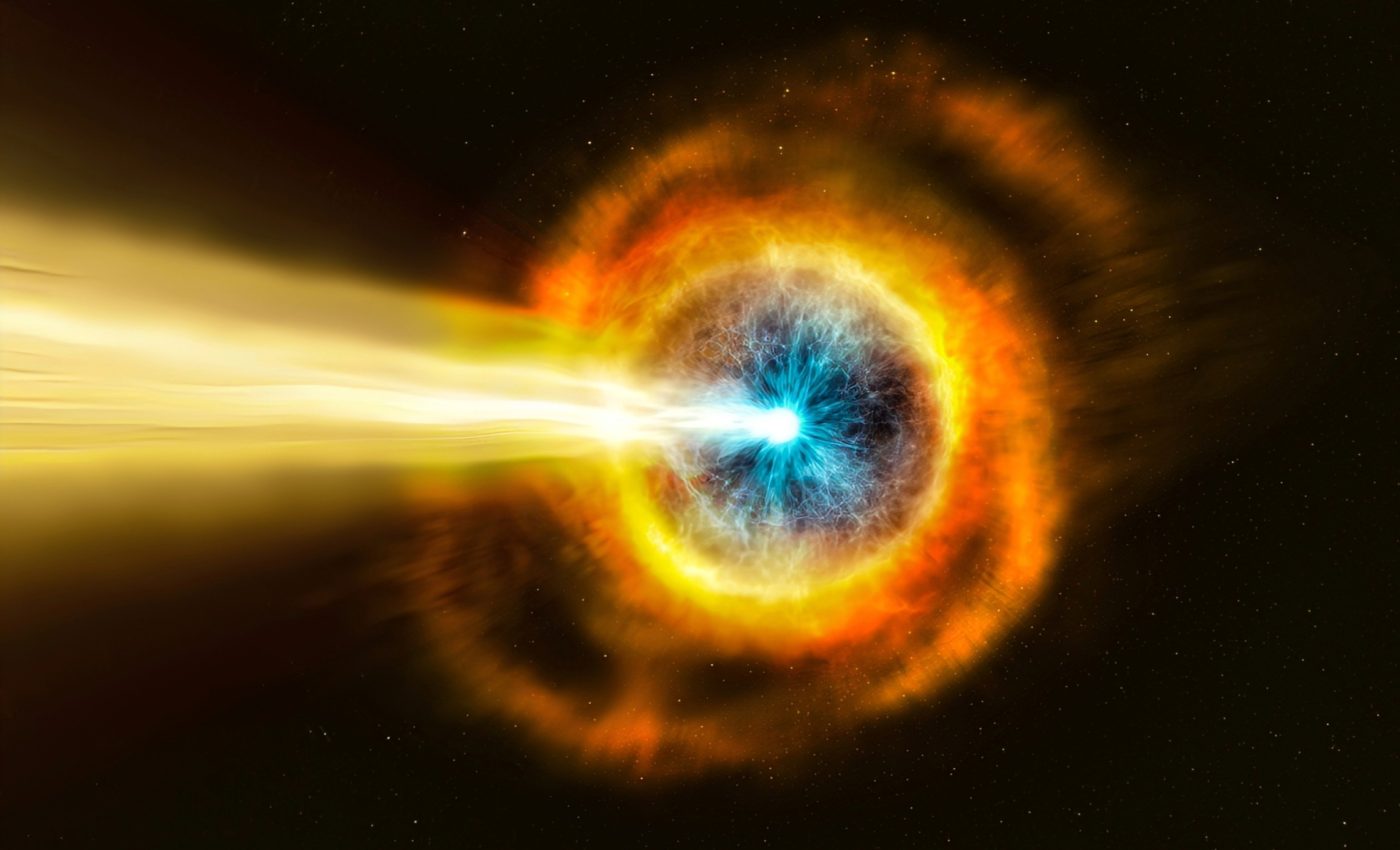
Shoebox-sized satellite detects a gamma-ray explosion
BurstCube, a shoebox-sized satellite designed by NASA, has made a historic breakthrough by detecting its first gamma-ray burst, one of the most powerful explosions in the universe.
This achievement marks a significant step forward in the study of these cosmic phenomena, demonstrating the incredible potential of small satellite missions in space exploration.
According to NASA, while gamma rays are the most energetic form of light, they are difficult to detect because our eyes see only a narrow band of the electromagnetic spectrum
A milestone for BurstCube
On June 29, in the southern constellation Microscopium, BurstCube observed GRB 240629A, marking a watershed moment for the mission.
“We’re excited to collect science data,” said Sean Semper, BurstCube’s lead engineer at NASA’s Goddard Space Flight Center. “It’s an important milestone for the team and for the many early career engineers and scientists that have been part of the mission.”
The announcement came on August 29, following BurstCube’s deployment into orbit on April 18 from the International Space Station.
The galactic gold rush
The mission’s objective extends beyond simply detecting and locating gamma-ray bursts; it seeks to uncover the underlying mechanisms behind short gamma-ray bursts – brief but intense flashes of high-energy light that occur when superdense cosmic objects, such as neutron stars, collide.
These cataclysmic events are not only among the most powerful explosions in the universe, but they also provide a unique opportunity to study the extreme conditions present during these rare occurrences.
When these massive cosmic bodies merge, they release a vast amount of energy, which results in the production of heavy elements such as gold, platinum, and iodine.
These exotic elements, forged in the heart of such violent collisions, play a critical role in the cosmic cycle, contributing to the formation of planets and even life itself.
Gold and iodine, for instance, are essential components for technological applications and biological processes, making these bursts not only fascinating from an astrophysical standpoint but also relevant to our understanding of the building blocks of life.
Specialized communication satellite system
BurstCube has pioneered the use of NASA’s Tracking and Data Relay Satellite (TDRS) system among CubeSats.
This constellation of specialized communications spacecraft assists in coordinating rapid follow-up measurements by relaying data to other observatories via NASA’s General Coordinates Network (GCN).
Additionally, BurstCube regularly beams data back to Earth using the Direct to Earth system, with both TDRS and Direct to Earth forming part of NASA’s Near Space Network.
Navigating hurdles in orbit
Despite the initial setback of one solar panel failing to extend fully – obscuring the spacecraft’s star tracker and troubling its orientation – the team remains undeterred.
Increased drag caused by the panel issue may hasten BurstCube’s re-entry into the atmosphere, which was initially planned for 12–18 months of operation.
“I’m proud of how the team responded to the situation and is making the best use of the time we have in orbit,” said Jeremy Perkins, BurstCube’s principal investigator at Goddard.
Collaborative team behind the success
BurstCube is the result of a collaborative effort led by NASA’s Goddard Space Flight Center, and funded by NASA’s Science Mission Directorate’s Astrophysics Division.
The project has been an invaluable opportunity for early-career engineers and scientists to develop cutting-edge technologies like the mission’s gamma-ray detector.
The mission is supported by partners from the University of Alabama in Huntsville, the University of Maryland, College Park, the Universities Space Research Association in Washington, the Naval Research Laboratory in Washington, and NASA’s Marshall Space Flight Center in Huntsville.
The future of BurstCube
Despite the challenges faced during its mission, BurstCube’s initial success opens new doors for future advancements in gamma-ray burst research.
As scientists continue to analyze the data collected, there is great potential to unlock further insights into the origins of these powerful cosmic events and their role in shaping the universe.
BurstCube’s innovative use of CubeSat technology also sets the stage for future small-satellite missions to explore even more complex astrophysical phenomena.
The lessons learned from this mission will undoubtedly guide the development of next-generation space exploration tools, enabling researchers to study the most energetic events in the universe with increasing precision.
—–
Like what you read? Subscribe to our newsletter for engaging articles, exclusive content, and the latest updates.
Check us out on EarthSnap, a free app brought to you by Eric Ralls and Earth.com.
—–













